World coffee prices fluctuated strongly, continuously reversing between Arabica and Robusta. Today's coffee prices continued to trend in opposite directions but reversed from the previous session. Robusta prices on the London exchange fell sharply, losing all the efforts of the previous session. Meanwhile, Arabica prices on the New York exchange increased. Trading activities of funds and speculators on the two derivative exchanges are said to have maintained this opposite trend.
Analysts say the price gap between the two exchanges is the reason why coffee prices have been fluctuating continuously since the beginning of the week. There has been speculation in selling London and buying New York to profit from the price difference. The trading between the two exchanges to seek profit through the price difference by speculators is the reason why prices fluctuate. In addition, the value of strong currencies and basic supply and demand factors are also factors contributing to the adjustment of speculative capital flows.
ICE-London inventories fell another 20 tonnes to 52,730 tonnes on July 20, showing signs of slowing down. However, robusta exports from the Brazilian producer this month have increased by 60% compared to the same period last year. However, the inverse price structure between the two most recent terms on the London exchange has been pushed to a sky-high level, a signal that spot demand is very tight.
 |
| Domestic coffee prices today, July 21, dropped sharply by -1,200 VND/kg in some key purchasing localities. (Source: Premiumwishes) |
At the end of the trading session on July 20, the price of robusta coffee on the ICE Futures Europe London exchange fell sharply. The price of robusta coffee futures for delivery in September 2023 decreased by 68 USD, trading at 2,536 USD/ton. The price of futures for delivery in November decreased by 46 USD, trading at 23.38 USD/ton. Trading volume was low.
Arabica coffee prices on the ICE Futures US New York exchange, September 2023 delivery period increased by 2.55 cents, trading at 158.05 cents/lb. Meanwhile, December 2023 delivery period increased by 2.45 cents, trading at 158.3 cents/lb. Trading volume increased on average.
Domestic coffee prices today, July 21, dropped sharply by -1,200 VND/kg in some key purchasing localities.
Unit: VND/kg. (Source: Giacaphe.com) |
A surprise fall in US jobless claims also raised concerns about the labor market's recovery, with the Fed likely to make new interest rate hikes.
Meanwhile, Russia's new move into Black Sea grain ports is likely to make agricultural goods more expensive.
Heavy rains cut Colombia's output by 21% in May, while Brazil's supplies are relatively tight after two consecutive years of below-average harvests, with the 2022-23 crop particularly affected by frost and drought.
As for Peru, adverse weather and political instability in major producing regions have greatly affected export supplies. In addition, last year's coffee export volume was exceptionally high, leading to a lack of carryover inventory for the current crop.
ICO estimates global coffee supply in the 2022-2023 crop year at around 171.3 million bags while consumption is at 178.5 million bags, with this forecast the world coffee market could have a deficit of 7.3 million bags in the current crop year.
In the 2022-23 crop year, global Arabica coffee production is expected to increase by 4.6% to 98.6 million bags. Robusta production is expected to decrease by 2.1% to 72.7 million bags.
This year’s weather event will disrupt rainfall and temperature patterns, potentially tightening supplies and boosting robusta prices. The world’s two largest robusta producers, Vietnam and Brazil, could see yields hit if El Niño develops strongly, analysts and weather experts say.
Source








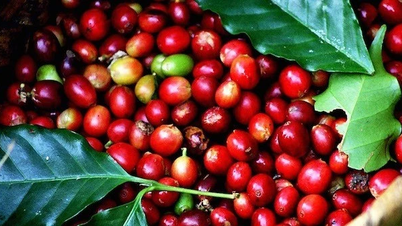

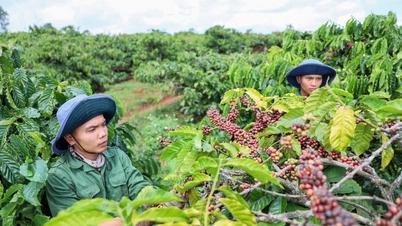



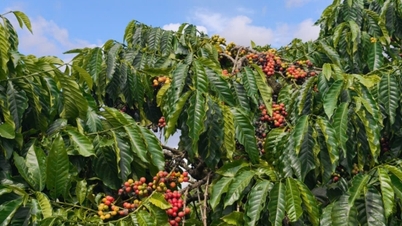

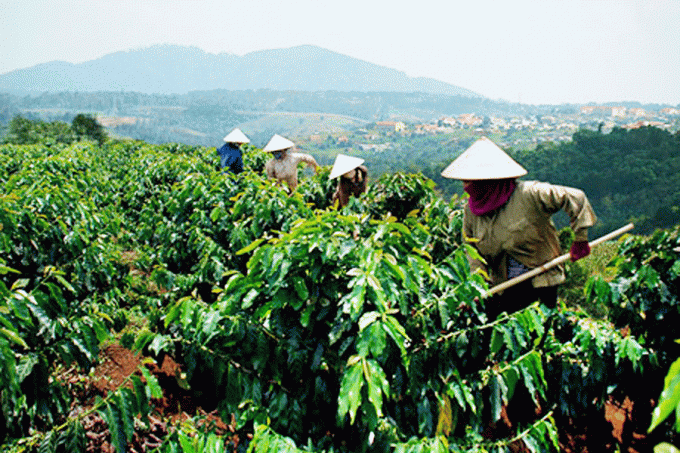

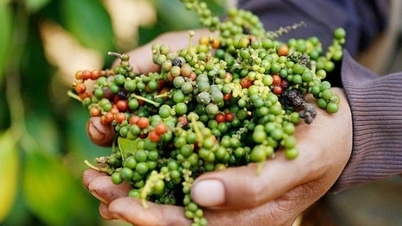

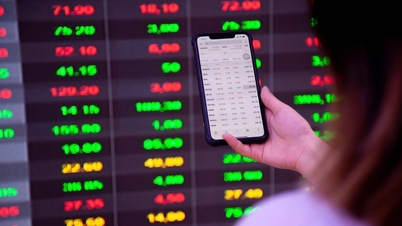



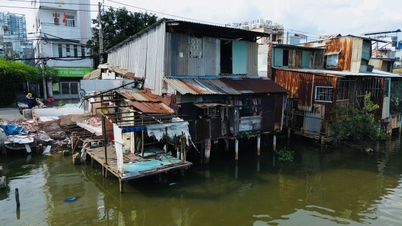












![[Photo] Worshiping the Tuyet Son statue - a nearly 400-year-old treasure at Keo Pagoda](/_next/image?url=https%3A%2F%2Fvphoto.vietnam.vn%2Fthumb%2F1200x675%2Fvietnam%2Fresource%2FIMAGE%2F2025%2F12%2F02%2F1764679323086_ndo_br_tempimageomw0hi-4884-jpg.webp&w=3840&q=75)
![[Photo] Parade to celebrate the 50th anniversary of Laos' National Day](/_next/image?url=https%3A%2F%2Fvphoto.vietnam.vn%2Fthumb%2F1200x675%2Fvietnam%2Fresource%2FIMAGE%2F2025%2F12%2F02%2F1764691918289_ndo_br_0-jpg.webp&w=3840&q=75)




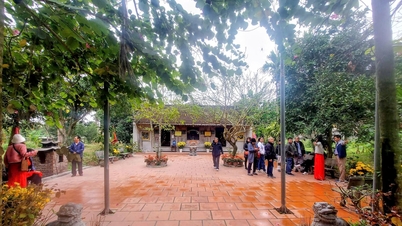

















































![[Infographic] 3 important milestones of the "Quang Trung Campaign"](https://vphoto.vietnam.vn/thumb/402x226/vietnam/resource/IMAGE/2025/12/04/1764800248456_fb_ava-2.jpeg)
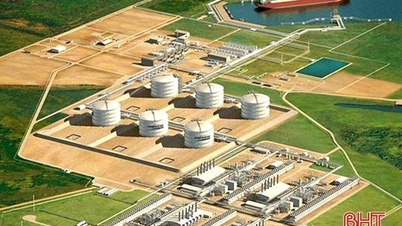















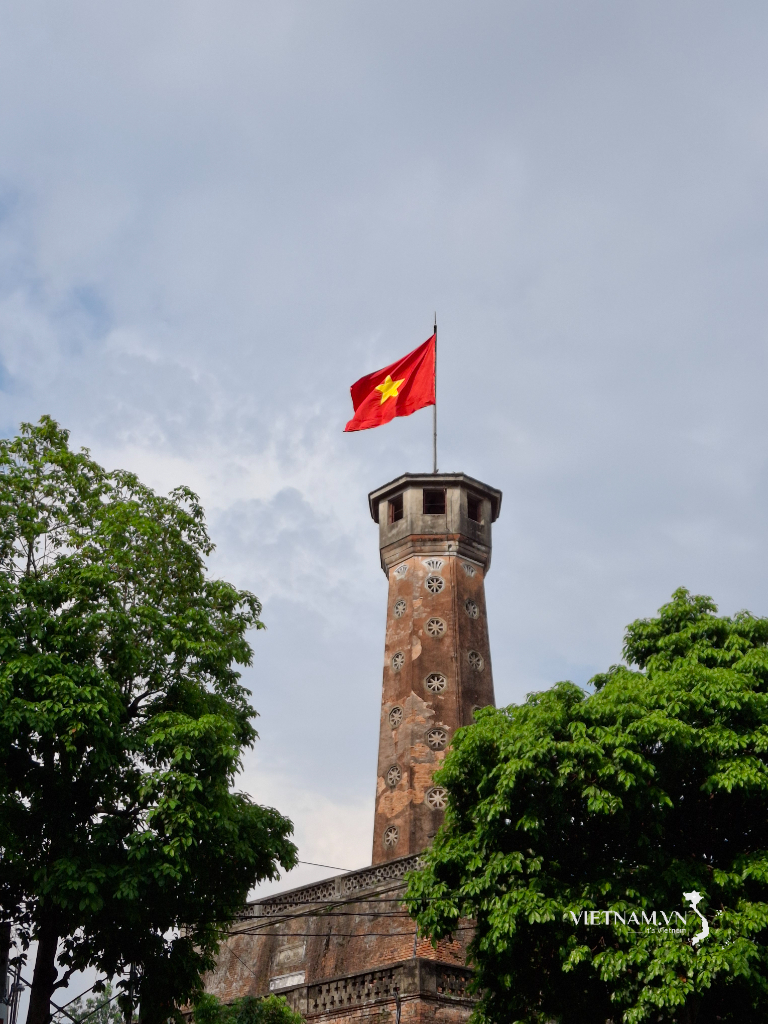

Comment (0)